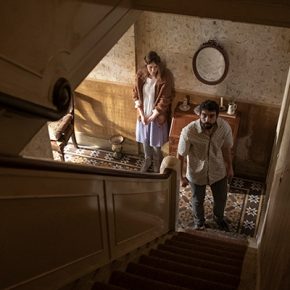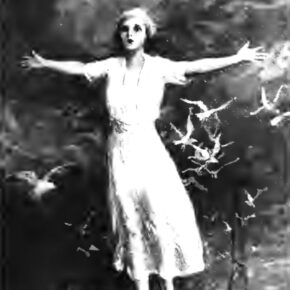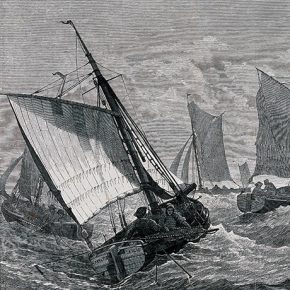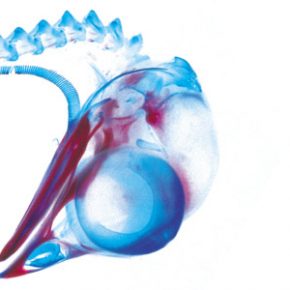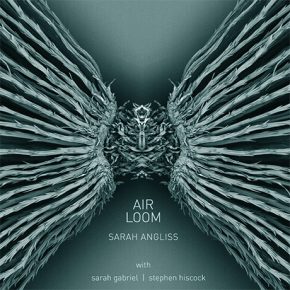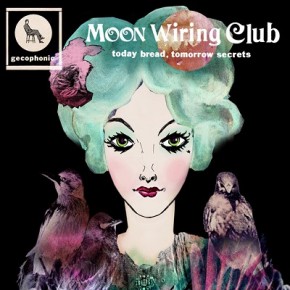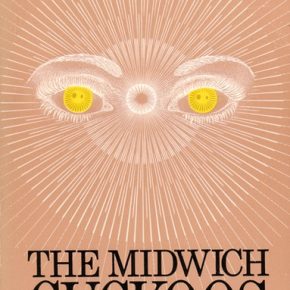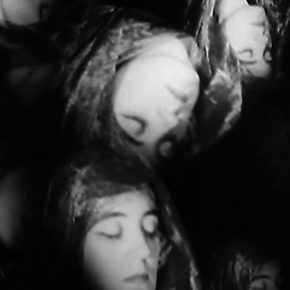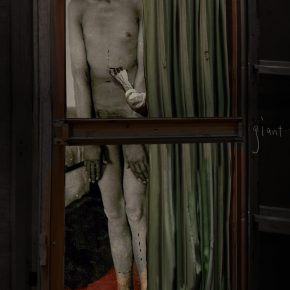
Giant
New opera – for Aldeburgh Festival 2023 and the Linbury Theatre, Royal Opera House, 2024. Giant tells the story of surgeon John Hunter’s obsession with Charles Byrne – a man he would ultimately betray in one of the most disturbing acts in the era of the grave robbers.
